Guide to Spinal Taps

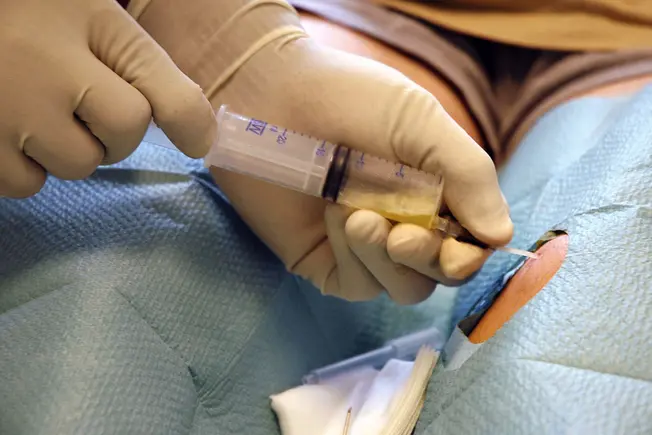
What Is a Spinal Tap?
Sometimes called a lumbar puncture, it’s when a doctor uses a needle to take a sample of fluid from the lower part of the spinal column (on your back) to check for signs of illness. Doctors may also use the procedure to deliver numbing (anesthetic), germ-fighting medications, or chemotherapy for cancer treatment.

What Does It Test For?
The most common reason for a spinal tap is to test for certain conditions and injuries like:
- Encephalitis (swelling of the brain)
- Meningitis (swelling of thin tissue that covers the spine and brain)
- Bleeding in the brain
- Dementia, including Alzheimer’s
- Autoimmune diseases like multiple sclerosis and Guillain-Barré syndrome
- Myelitis (inflammation of the spinal cord)
- Leukemia (cancer of the blood)

Before Your Spinal Tap
Your doctor will do a physical exam and ask about your medical history. They may test the pressure inside your head, and also your body’s ability to clot blood, which is important for a safe procedure. Tell your doctor about all medications and supplements you take, especially any “blood-thinning” meds, like aspirin or warfarin. Your doctor will tell you the reasons for the procedure and may ask you to sign a consent form.
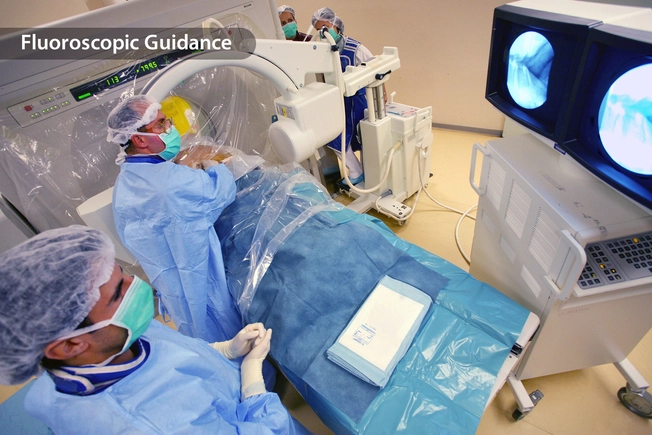
Where Is It Done?
You may get a spinal tap in a doctor’s office or hospital. You can usually leave the same day as your spinal tap, unless you’re already in the hospital for something else. Your doctor might do the procedure at your bedside or sometimes in a special room that has an X-ray machine with a video image that helps guide the needle (fluoroscopy or fluoroscopic guidance).
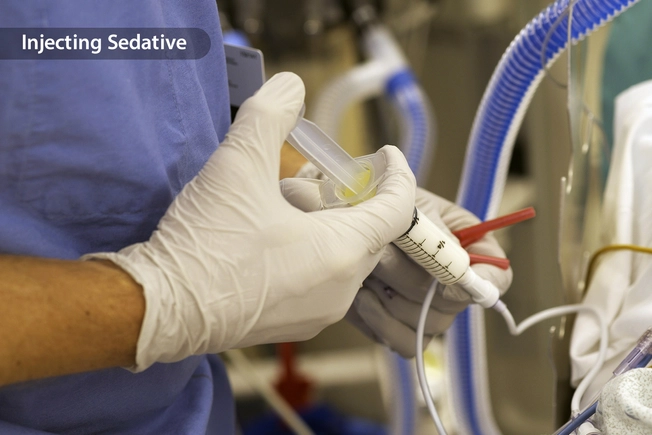
Spinal Tap Preparation
You’ll take off your clothes and any jewelry that could get in the way, and put on a medical gown that’s open at the back. You’ll want to pee, if you need to, before the procedure. Health care providers will clean the area at the base of your spine with antiseptic fluid and numb it with a cream or shot under the skin. They may give you a sedative in a pill or through a needle in your arm to calm your nerves and help with pain.
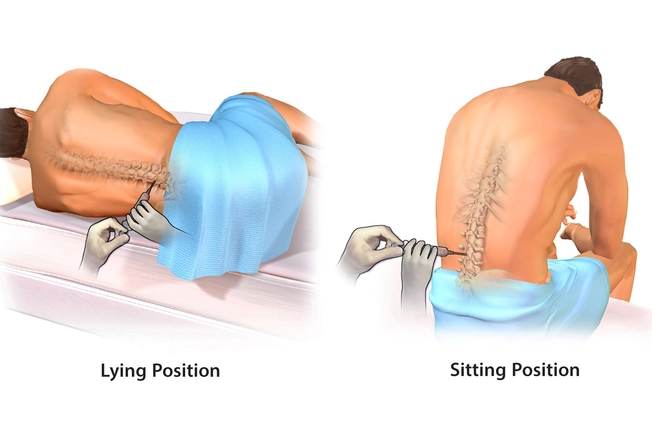
Spinal Tap Body Position
Your doctor may ask you to lie on your side on the bed or exam table with your knees tucked to your belly and your chin to your chest. This is to put you in a stable position that helps widen the spaces between your vertebrae where the doctor puts the needle. Or you may sit on the edge of a flat surface and hang your arms over a table in front of you. This also helps lengthen your spine and keep you still for the procedure.
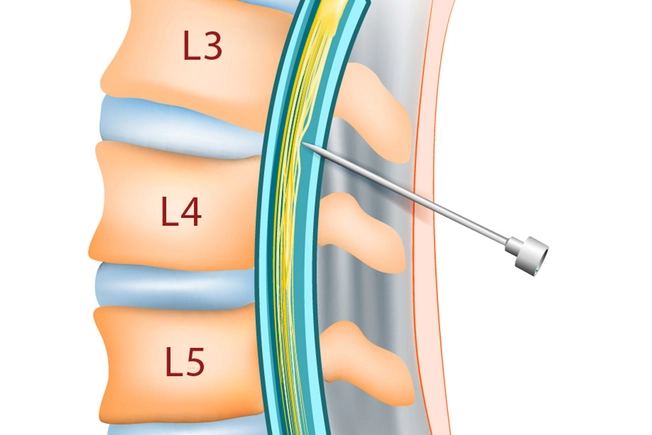
Spinal Tap Needle Insertion
Once you are prepped, numbed, and in position, your doctor will insert a thin hollow needle, usually between your third and fourth, or fourth and fifth vertebrae (bones of your spine). They will push the needle in 3 to 4 centimeters in order to get to the cerebrospinal fluid, or “CSF.” You might feel a slight sting, but it’s important to keep as still as possible.
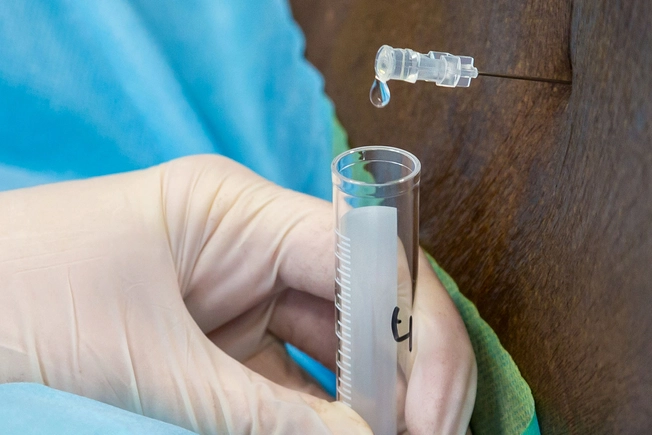
During the Procedure
Once the needle is in, CSF should start to flow slowly backward through the needle into a sterile container -- a tablespoon or so for testing. In addition, your doctor can inject any medication or anesthetic that you might need through the same needle. Then the doctor removes the needle and puts a bandage over the injection site, often with a bit of pressure to help it heal. From start to finish, it takes about 15 minutes.

After Your Spinal Tap
Medical staff will probably ask you to lie flat for an hour or more after the procedure to lessen headaches, which are common after a spinal tap. You should be able to roll from side to side as long as you keep your head down, and the nurse can help you pee lying down if needed. You’ll likely stay at the care site for 1 to 4 hours after the procedure. Drinking extra fluids helps your body start to replace CSF taken in the spinal tap.
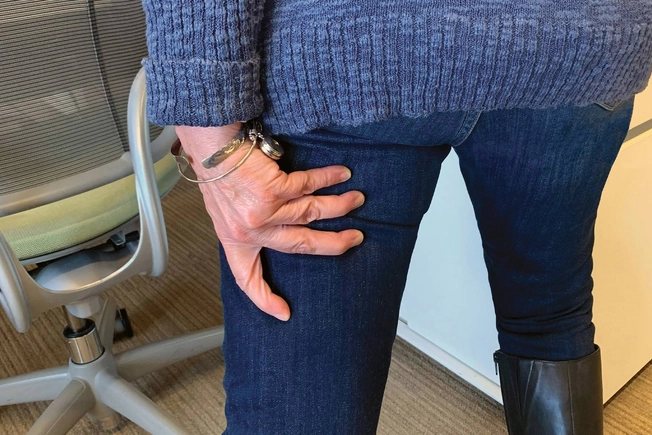
At Home
Your doctor will likely tell you to take it easy for about 24 hours after your spinal tap. It can also help to spend more time on your back at home to prevent headache problems. Call your doctor right away if you notice:
- Pain and swelling at the injection site
- Blood draining at the injection site
- Problems peeing
- Numbness or tingling in your legs
- Headache, especially one that lasts, is triggered when you change position, or is severe

Spinal Tap Risks
Serious complications are rare. You may get a shooting pain if the needle hits a nerve root, but it should go away quickly. Headaches, nausea, low blood pressure, and a fast pulse may continue for a few days. In rare cases, you may have inflammation, bleeding, or an infection that needs treatment in a hospital.
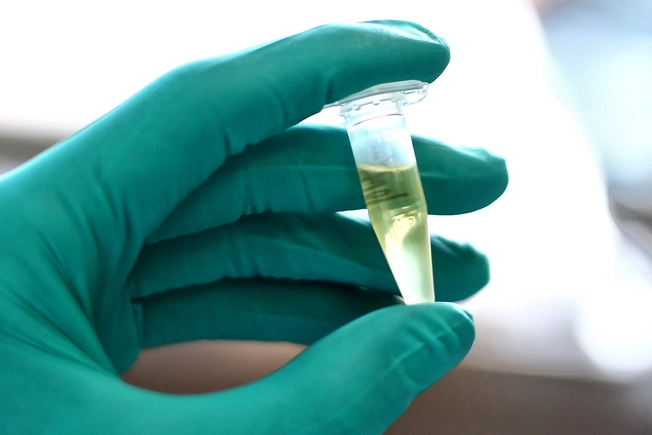
CSF Test Results
Cerebrospinal fluid, or CSF, is normally clear. Clouded or bloody CSF could be a sign of inflammation or bleeding in the brain. Certain proteins in the fluid could be a sign of dementia, and bacteria could be signs of a serious infection. Other results might suggest an autoimmune disease like multiple sclerosis or some cancers. Only your doctor can give you the reason for your test and explain the results.